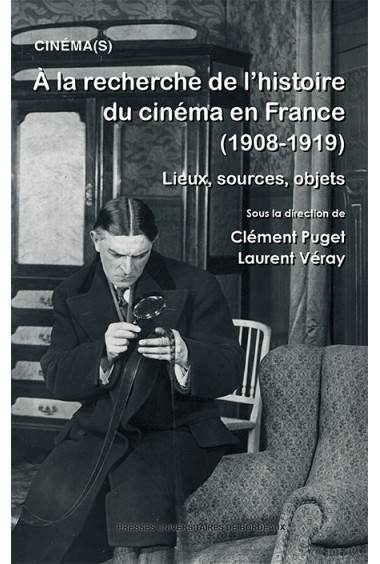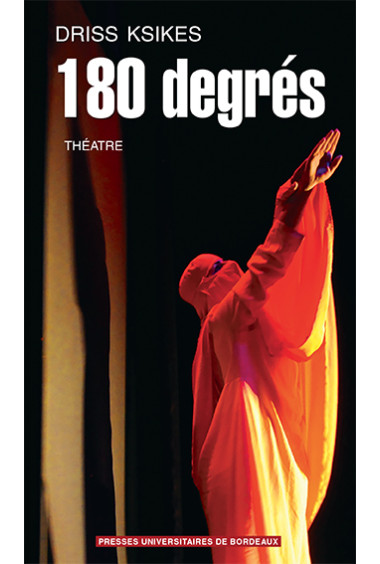L'Afrique au cœur du sport mondial : autour de la Coupe du monde de football 2010 en Afrique du Sud - Les Cahiers d'Outre-Me
ISBN : 978-2-86781-661-1
Nombre de pages : 132
Format : 16 x 24
Date de sortie : 2010/04
Pour la première fois de son histoire la Coupe du Monde de football se déroule en 2010 sur le continent africain souvent délaissé par les grands évènements sportifs.
Pour la première fois de son histoire la Coupe du Monde de football se déroule en 2010 sur le continent africain souvent délaissé par les grands évènements sportifs. C'est l'occasion de faire le point sur les différents rôles joués par le sport en Afrique. Le sport est à la fois un vecteur de mondialisation et un moyen d'ouverture et de communication vers le Monde. Le football ou encore le rugby permettent d'établir des relations fortes entre les pratiques sportives et les jeux de pouvoir mais aussi avec toutes les questions liées à la notion d'identité et de nation. Les cultures sportives et leurs diffusions sont aussi un moyen de comprendre les sociétés. La mobilité des sportifs africains et la notion de marché du sport sont un autre symbole de mondialisation lorsque l'on parle de sport et en particulier de football. L'exemple de l'organisation de cette une coupe du Monde permet de s'intéresser aux impacts socio-économiques d'un tel évènement pour le pays organisateur : l'Afrique du Sud.



